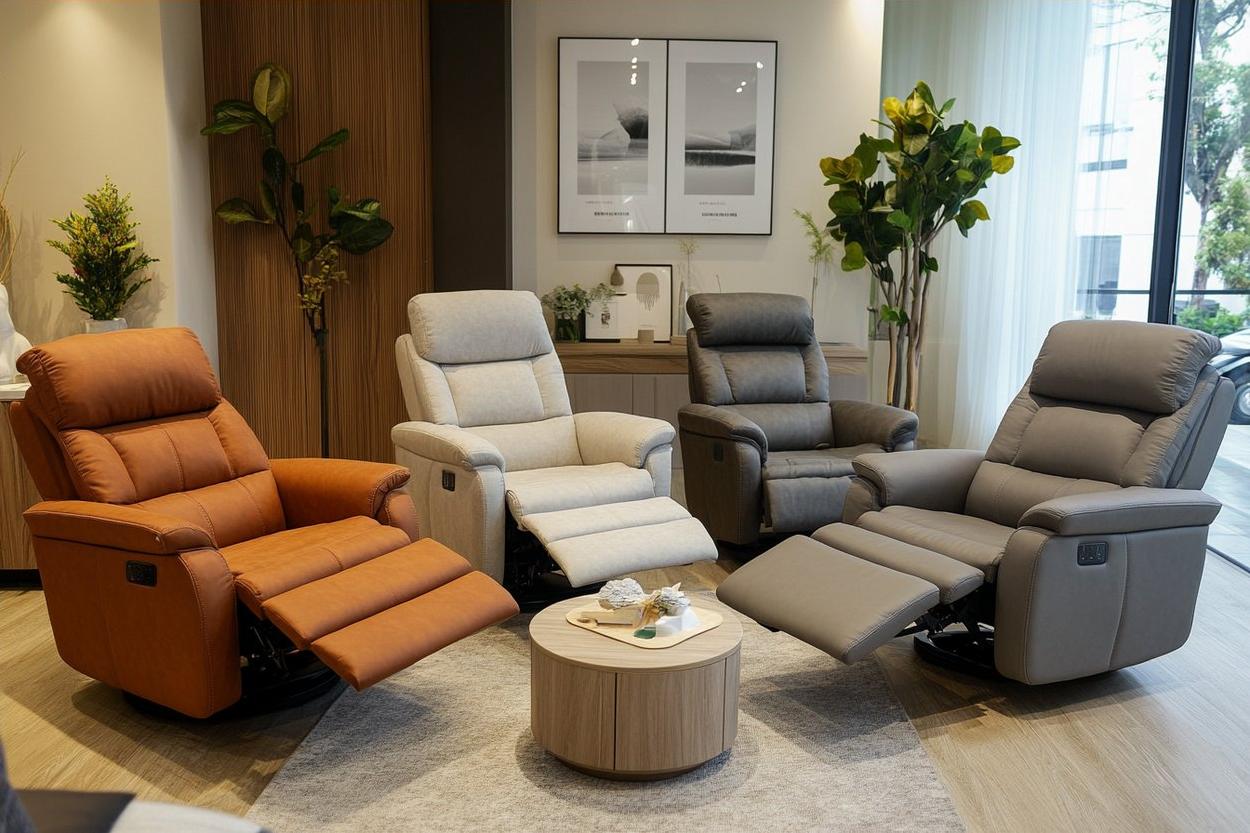Exploring the World of Modern Furniture
Modern furniture has transformed the way we design and experience our living spaces. With its clean lines, functional beauty, and innovative materials, this design movement continues to shape contemporary interiors around the globe. Understanding the principles and possibilities of modern furniture can help you create spaces that are both stylish and practical, reflecting your personal aesthetic while embracing timeless design values.

The world of modern furniture represents a fascinating intersection of form, function, and artistic expression. Born from early 20th-century design movements, modern furniture has evolved into a diverse category that encompasses everything from minimalist Scandinavian pieces to bold mid-century classics. Today, this style remains incredibly popular, offering homeowners and designers alike the opportunity to create spaces that feel fresh, uncluttered, and intentionally curated. Whether you’re furnishing a new home or refreshing your current space, understanding modern furniture can help you make informed choices that enhance both aesthetics and functionality.
The Evolution of Modern Furniture
Modern furniture emerged in the early 1900s as designers began rejecting ornate Victorian styles in favor of simpler, more functional forms. The Bauhaus school in Germany, founded in 1919, played a pivotal role in shaping modern design principles by emphasizing the unity of art, craft, and technology. Pioneers like Ludwig Mies van der Rohe, Le Corbusier, and Charles and Ray Eames revolutionized furniture design by experimenting with new materials and manufacturing techniques. The mid-century modern movement of the 1940s through 1960s further refined these concepts, introducing iconic pieces that remain highly sought after today. This evolution continued through the late 20th century, with designers incorporating new technologies and materials while maintaining the core principles of simplicity, functionality, and honest construction. Contemporary modern furniture builds on this rich heritage while addressing current needs for sustainability, versatility, and adaptability in our changing living environments.
Key Characteristics of Modern Furniture
Modern furniture is distinguished by several defining characteristics that set it apart from traditional styles. Clean lines and geometric shapes form the foundation of modern design, creating visual harmony and simplicity. Functionality takes precedence, with each piece designed to serve a clear purpose without unnecessary ornamentation. Modern furniture typically features exposed structural elements rather than concealing construction details, celebrating honest craftsmanship and material integrity. Color palettes tend toward neutrals with occasional bold accent pieces, allowing the form and texture of materials to take center stage. Open, uncluttered spaces are emphasized, with furniture scaled appropriately to avoid overwhelming rooms. Multi-functional pieces that adapt to different needs reflect modern living requirements, particularly in urban environments where space is at a premium. The overall aesthetic prioritizes simplicity and elegance, creating environments that feel calm, organized, and intentionally designed.
Popular Materials Used in Modern Furniture
Material selection plays a crucial role in modern furniture design, with choices often highlighting natural beauty and innovative manufacturing. Wood remains a cornerstone material, particularly teak, walnut, and oak, often finished to showcase natural grain patterns. Metal, especially steel and aluminum, provides structural support and creates sleek, industrial aesthetics. Molded plywood revolutionized furniture production, allowing designers to create curved, ergonomic forms that were previously impossible. Plastic and fiberglass opened new possibilities for colorful, affordable pieces with organic shapes. Glass adds transparency and lightness, commonly used for tabletops and shelving. Leather upholstery provides durability and develops character over time, while modern textiles offer comfort and texture. Contemporary designers increasingly incorporate sustainable materials like bamboo, reclaimed wood, and recycled metals, reflecting growing environmental consciousness. The combination of these materials often within single pieces creates visual interest while maintaining the clean aesthetic that defines modern design.
Incorporating Modern Furniture Into Your Home
Successfully integrating modern furniture into your home requires thoughtful planning and attention to spatial relationships. Start by assessing your space and identifying key functional needs, ensuring furniture serves practical purposes while maintaining visual appeal. Choose a cohesive color palette that complements your existing architecture and natural light conditions. Select statement pieces that anchor each room, such as a distinctive sofa or dining table, then build around these focal points with complementary items. Embrace negative space rather than filling every corner, allowing furniture and architectural features to breathe. Mix textures and materials to add depth and interest without cluttering the visual field. Consider scale carefully, ensuring furniture proportions suit room dimensions and ceiling heights. Layer lighting through multiple sources to highlight furniture and create ambiance. Don’t be afraid to mix modern pieces with carefully chosen items from other periods, as eclectic combinations can add personality while maintaining overall cohesion. Remember that modern design values quality over quantity, so invest in well-crafted pieces that will endure both physically and aesthetically.
Sustainability in Modern Furniture Design
Sustainability has become increasingly central to modern furniture design, reflecting broader environmental awareness and consumer demand for responsible production. Many contemporary manufacturers prioritize sustainably harvested wood certified by organizations like the Forest Stewardship Council. Recycled and upcycled materials transform waste into beautiful, functional pieces, reducing environmental impact while creating unique designs. Non-toxic finishes and adhesives protect indoor air quality and worker health during production. Modular and adaptable designs extend furniture lifespan by allowing pieces to evolve with changing needs rather than requiring replacement. Local production reduces transportation emissions and supports regional economies and craftsmanship. Durability remains paramount, as well-constructed furniture that lasts decades represents the most sustainable choice regardless of materials. Some designers embrace circular economy principles, creating furniture designed for eventual disassembly and material recovery. Transparency in sourcing and manufacturing processes allows consumers to make informed choices aligned with their values. As awareness grows, sustainable practices are becoming standard rather than exceptional in modern furniture production, proving that environmental responsibility and beautiful design can coexist harmoniously.
Conclusion
Modern furniture represents far more than a design trend; it embodies a philosophy that values simplicity, functionality, and honest expression of materials and construction. From its revolutionary origins in early 20th-century design movements to contemporary interpretations that address current environmental and lifestyle needs, modern furniture continues to evolve while maintaining core principles that have proven timeless. Whether you’re drawn to the warm minimalism of Scandinavian design, the bold experimentation of mid-century classics, or cutting-edge contemporary pieces, modern furniture offers endless possibilities for creating spaces that reflect personal style while enhancing daily living. By understanding the characteristics, materials, and principles that define modern design, you can make thoughtful choices that bring beauty, comfort, and functionality into your home for years to come.




